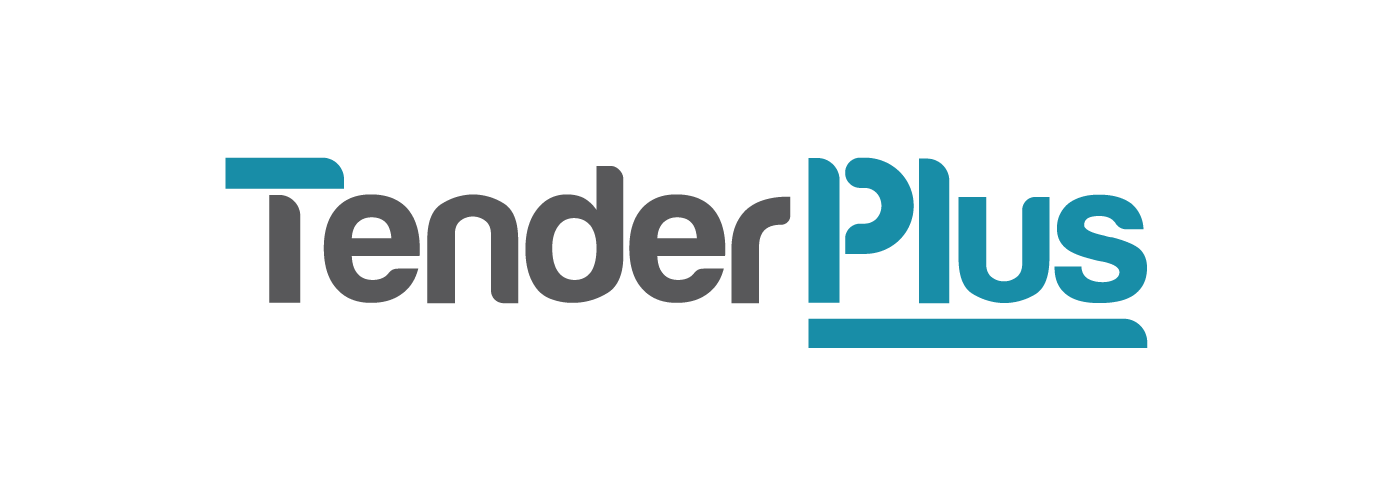5 step framework for writing an executive summary
By Louise Ferguson, Principal Tender Specialist, Perth
The purpose of an executive summary, as the name suggests, is to provide a summary of your tender submission, usually to an executive level evaluator. The concept being, that if the executive summary is read in isolation, the evaluator would still have a clear and concise picture of your understanding of the tender requirements, your proposed solution and most importantly, the benefits to the client.
Writing an executive summary can be tricky, however like all other aspects of tender writing, using a considered framework will make it less daunting.
1. Consider the length
Some clients will specify a page or character limit – these should be strictly adhered to.
Requirements may vary, though a general rule of thumb is that one to two pages are sufficient for simple, less complex tenders, while more complex submissions will require a higher page count.
2. Set the scene - develop an introduction
Commence with an overview of the project and tender requirements and your understanding of the benefits that the project will bring.
Introduce your company, acknowledging your eagerness to be part of the project, alignment with requirements and reasons for tendering. In the case of a Joint Venture (JV), introduce each business and explain why you have come together to tender.
Summarise any agreed key messages or win themes, acknowledging how they align with requirements.
Highlight your company’s relevant experience as it applies to the tender requirements.
3. Proposed solution and benefits to the client
Outline your proposed solution and compliance to requirements.
Summarise the key solution highlights and how they benefit the client (if the tender is large and / or complex, with multiple tender writers, it may be easier to ask for each writer to summarise any highlights and benefits for each key section of the tender submission).
Summarise any innovations and value for money that your solution brings.
Include a section on the value and experience your team (and specific individuals, if relevant) will bring to the project.
4. Conclusion
A closing statement provides an opportunity to reiterate your enthusiasm and confirm how your solution will address key client requirements to produce the desired end result.
5. Format
• Executive summaries are often formatted by a graphic designer, to provide a unique and polished document, using relevant imagery, infographics and / or logos
• Icons can be used to represent any key messages or win themes throughout
• Links to animations or videos are very beneficial, e.g. for construction projects, being able to provide an animation of the proposed timeline and methodology / staging can be advantageous
• Some clients will specify the format – this should be strictly adhered to.
Things to remember
• An executive summary needs to stand alone – review and check that it can be read as a stand-alone document and can be easily understood.
• Take unnecessary detail out – remember it is a summary.
• Avoid using jargon – assume evaluators will not understand jargon.
• Proofread and allow for a peer review – a second set of eyes is always helpful.
Whether you are new to tender writing and developing an executive summary for the first time or have more experience and looking to refine your skills, we hope that this framework is helpful.
Tender Plus is located in Brisbane, Sydney and Perth and operates nationally. If you’d like to learn more about how we can assist with tender writing, and more broadly, tender management, tender coordination, tender strategy and more, reach out for a chat! We’d love to help.
